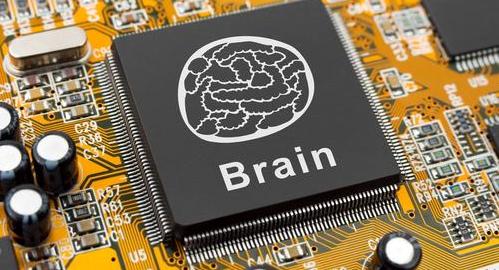Neuroscience + Supercomputing + Nanotechnology = Human Brain

What’s the Latest Development?
Scientists at IBM are combining our current knowledge in the fields of neuroscience, supercomputing and nanotechnology to build a completely new computing architecture which mimics the functionality, low-power and small size of the human brain. “The Cornell – IBM SyNAPSE team has fabricated a key building block of a modular neuromorphic architecture: a neurosynaptic core…which incorporates central elements from neuroscience, including 256 leaky integrate-and-fire neurons, 1024 axons, and 256×1024 synapses using an SRAM crossbar memory.” Researchers say the compact design, which occupies just 4.2mm square, will be compatible with mobile devices.
What’s the Big Idea?
Current computers, with their emphasis on symbols and logic, represent the functioning of the brain’s left hemisphere. By giving computer chips the ability to make concise, parallel and powerful calculations, IBM researchers want to open a new field of cognitive computing, which would correspond more closely to the brain’s right hemisphere. The new core is “a flexible brain-like architecture capable of a wide array of real-time applications, and designed for the ultra-low power consumption and compact size of biological neural systems,” explained IBM Almaden scientist Dr. Dharmendra S Modha.
Photo credit: Shutterstock.com





